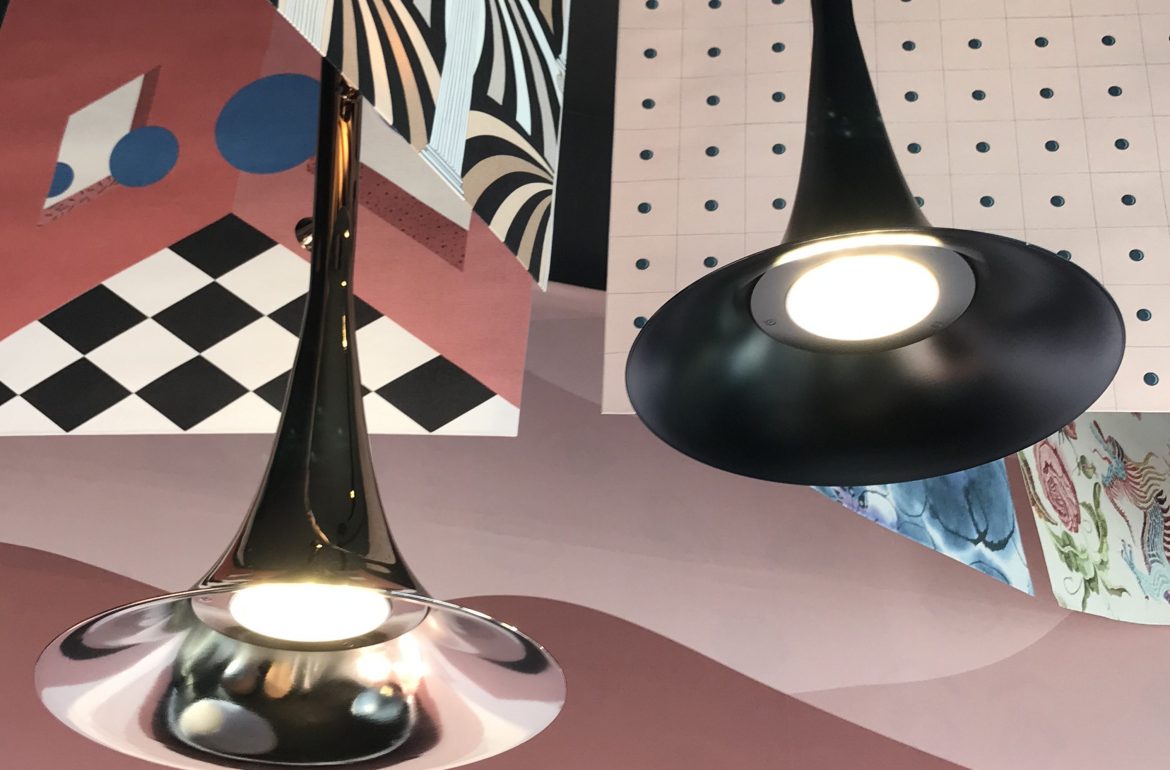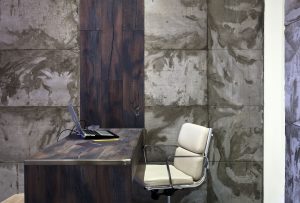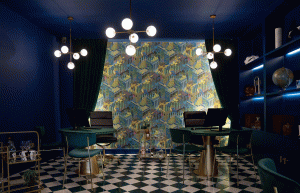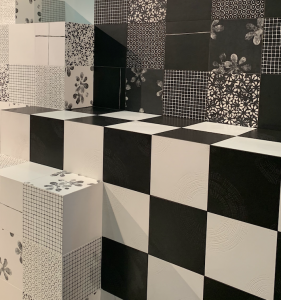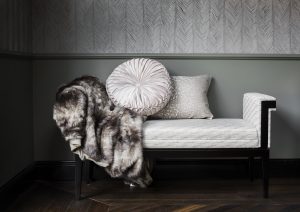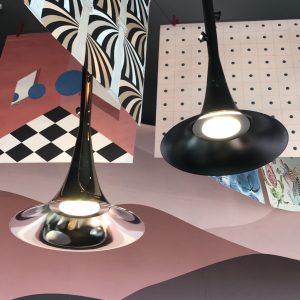Design, whether it’s on your body or in your home, is the same thing. It’s mixing different colours, different textures, and unexpected patterns – elements that you wouldn’t often put together in an interesting way.
Pattern crosses over many different mediums when it comes in interior design. Patterns can be seen in the natural veining of marble, the movement of different woods, in tiles through the creations of geometry, in textiles, and the list goes on. The power of pattern lies within its ability to add energy to a room, change the scale and proportions of a room and alter someone’s experience within the space; how one experiences the impact of pattern is up to the designer, aka you, so we’ve put together some helpful tips about how to incorporate pattern’s within your space.
1: Scale: Incorporate different sizes:
When mixing patterns make sure they are not all the same size. Use larger scale patterns to dominate and combine them with medium to small scale patterns for accents.
2: Harmony: Using similar patterns in varying colours:
Different patterns with different colours will feel chaotic and may overwhelm a room, rather use the same pattern and change up the scale and tone. It is important to know the golden 60-30-10 ratio rule; 60% of your room should be a dominant or main colour, 30% should be your second colour with the last 10% as your accent.
3: Contrast: Using different patterns in the same tonal range:
Using colours that are from the same tonal family and or provide a contrast can create can aesthetically pleasing and balanced interior. With this technique you are able to use different patterns and create excitement within your interior and still keep a harmonious vibe.
4: Geometry: Mixing up shapes:
Designers apply geometry along with colour and scale to make an aesthetically pleasing interior. The goal of designing with patterns in to create an enriching environment based on symmetries, fractured geometries and spatial hierarchies found within nature. As a rule of thumb use at least 3 patterns in a room. Pattern examples that work together are; floral, stripe and polka dot or herringbone, stripes and paisley, a third group could be two different scale plaids and a florals.
5: Fusion: Blend simple and complex designs:
If you have an intricate pattern you want to adorn on your walls floor or furniture, compliment it with a simple pattern that can provide variation and contrast without detracting room your original pattern.
To Conclude:
Stuff the rules, try something new! If you love it use it! At the end of the day if the space is personal, design it how you want, and that might be using a riot of tones, colours and patterns but go for it; make your own style and let us know how you get on.

